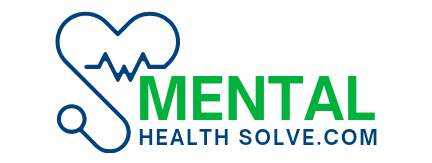Health Information Technology or Health IT is a type of health information technology that efficiently recovers, stores, and disseminates patient data. Thus, it smooths administrative processes, improves patient safety, and improves the quality of care.
Additionally, the main goal of the blog is to show the important role of Health Information Technology or health IT in patient care and data management, where the subscription of its benefits, key technologies, and the difficulties of its use will be reported, and its vital role in the delivery of the effective and coordinated healthcare services to the patients will be emphasized
What is Health Information Technology?
Health information technology consists of electronic systems and tools for managing and exchanging health information, and it is the main driver of change in modern healthcare.
Health information technology (Health IT) uses modern electronic systems and tools that generate, in turn, the quality and efficiency of healthcare delivery by handling health information competently through collection, storage, management, and exchange.
Vital factors of Health Information Technology are health IT solutions such as Electronic Health Records (EHRs), which holistically provide patient data; Health Information Exchange (HIE), which enables the exchange of information among various healthcare providers; and the introduction of telemedicine, which allows doctors to conduct remote patient consultations and monitoring.
The growth of Health Information Technology has been characterized by significant progress made in the health sector, ranging from the early digitization of patient records in the 1960s to the recent introduction of EHRs and telehealth tools. The market has adopted these tools as a fundamental consequence of the need to deliver high-quality care, better data management, and the customer’s desire for easy access to health services.
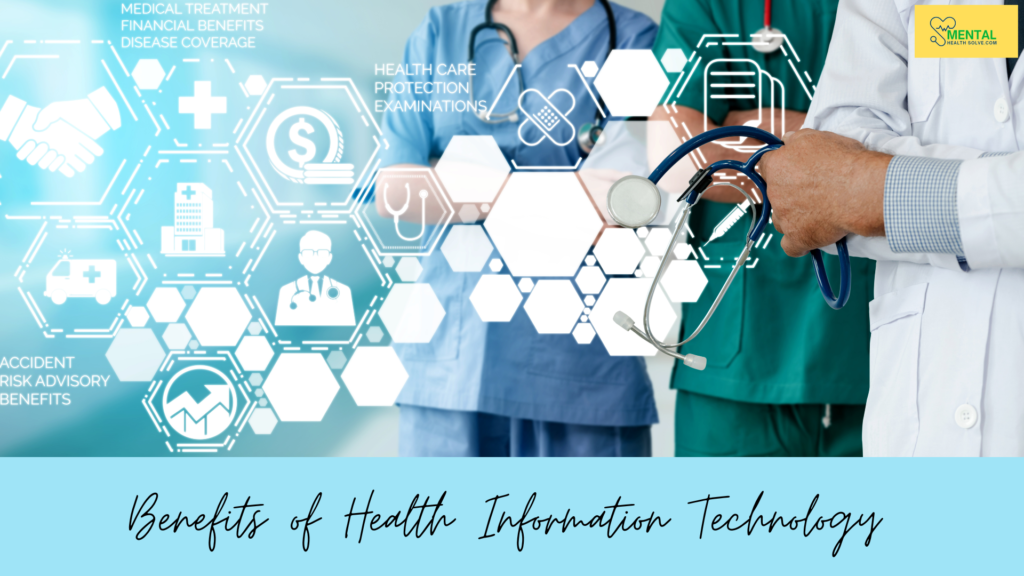
Benefits of Health Information Technology
Health information technology (IT) offers numerous benefits that significantly enhance the quality of care and operational efficiency within healthcare systems.
Improved Patient Care
Access to patient information is improved when medical providers use health information technology and Real-time data-sharing among healthcare providers.
The potential of Health Information Technology is most significant in the expanded access to patient data, which enables healthcare providers to make their best decisions with comprehensive and up-to-date data.
Real-time data sharing among providers ensures that essential patient information, including medical history, allergies, and treatment plans, is easily and quickly accessible, leading to more accurate diagnoses and timely interventions.
Increased Efficiency
Laborious administrative tasks will be streamlined in every focused sector, and the workload will be used for alternative caregivers. The time and effort spent on paperwork will be reduced.
Increased Efficiency Health Information Technology makes bureaucratic processes more efficient, which means less time and fewer resources required for paperwork and manual data entry.
Automating routine tasks like appointment scheduling and billing enables healthcare organizations to reduce errors and improve overall operational effectiveness. Besides, overhead staff are focused on patient care rather than managing administrative matters.
Better Care Coordination
Providers can easily communicate solutions among themselves, which in turn can result in different integrated care plans for chronically ill patients
The full implications of better quality care are effective communication and coordination among healthcare facilities, especially for patients with chronic diseases. Health Information Technology is an efficient means of communication that provides the framework for exchanging seamless information, enabling a more integrated approach to delivering care.
This type of coordination is essential to good patient care. For example, it ensures that all care team members are aligned, which leads to well-controlled chronic diseases and, thus, improved health outcomes.
Patient Engagement
Patients can access their health information from anywhere through portals and telehealth technology
Health Information Technology gives patients power by providing health information through portals and telehealth services. These tools motivate patients to get involved in their healthcare, letting them steer their health by making appointments, checking test results, and talking to their healthcare providers.
Higher levels of patient engagement not only satisfy the patient but also promote adherence to treatment plans and better health management in general.
To conclude, health information technology has many multifaceted aspects. For example, it addresses improving patient care, efficiency, coordination, and engagement, which are the most important for a modern healthcare system.
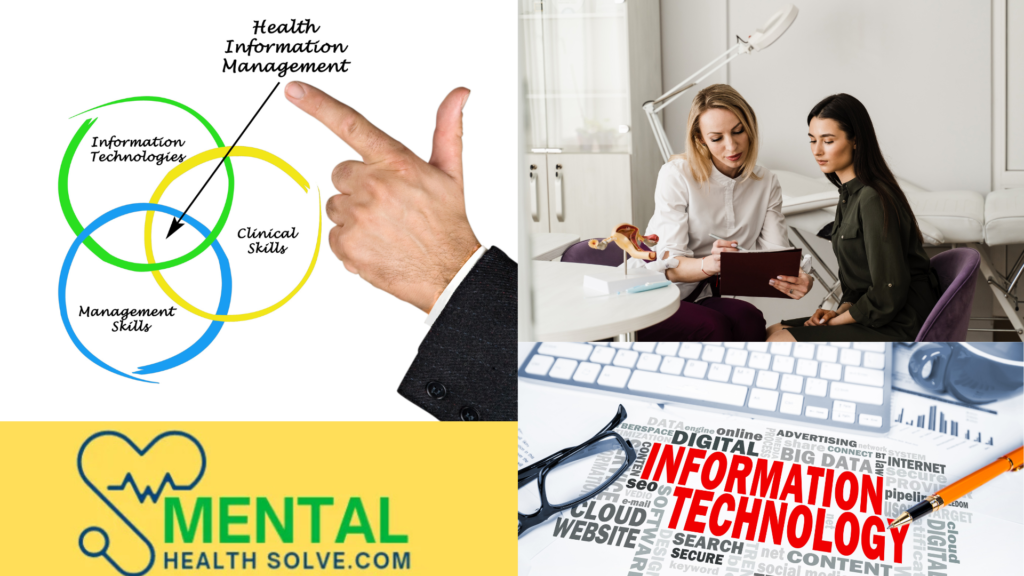
Key Technologies in Health Information Technology
Health information technology covers four critical components: patient care and data management. The most important of these are:
1. Electronic Health Records (EHRs)
Electronic Health Records (EHRs) are digital copies of a patient’s paper chart.
Features and Functionalities: These charts are designed to keep a comprehensive account of the patient’s medical history, medications, allergies, lab results, and treatment plans.
EHRs come with various features, such as customizable templates, clinical reminders, and secure messaging, which help healthcare providers document and access patient data. These attributes consequently increase the efficiency of these tasks.
Impact on Patient Care and Data Management: EHRs significantly increase physician satisfaction and improve patient care by enabling healthcare professionals to have immediate access to accurate and up-to-date information about the patient.
This will reduce the probability of errors and make clinical decision-making more accurate and timely. In addition, EHRs make data management more orderly by enabling the tracking of patient outcomes and the construction of reports for quality improvement Initiatives.
2. Health Information Exchange (HIE)
Health Information Exchange (HIE) is the process of electronically sharing health data across different provider organizations and health systems
Importance of Health Information Exchange: It is the hassle-free movement of patient records such as medical history, lab reports, a record of the cure, and the medicines the patient is currently taking to various healthcare facilities.
This connectivity is essential for patients’ health, as it speeds up the adoption of new diagnostic tools, improves treatment, and leads to more significant healthcare savings by cutting duplicate tests and other procedures.
How HIE Improves Care Coordination: HIE is a real game-changer in managing people with long-term illnesses. You can give the entire team access to the most accurate and up-to-date information.
With HIE, patients with chronic conditions, or those that frequently transfer across different care settings such as hospitals, and no speciality or primary care provider can communicate with each other, are more comfortable.
The benefits of HIE: This comes in the form of faster and more accurate information sharing among relevant parties, leading to more effective treatment processes. A patient is required to see a specialist. The consultant can directly access the patient’s previous medical records and test reports to come to a clear diagnosis and offer the right treatment. Healthcare professionals can provide efficient and quicker treatment.
In general, the utilization of HIE develops a more organized system for achieving the goal of healthcare by ensuring patient safety and enhancing patient satisfaction.

3. Telemedicine
Telemedicine is the use of technology to provide healthcare services online.
Telehealth Services: These services, which concern virtual consultations, remote patient monitoring, and therapy, can be conducted via video calls, phone calls, or secure messaging platforms.
Rather than running a physical clinic, telemedicine allows healthcare providers to assess, diagnose, and treat patients through now commonly used online services, which, in the meantime, increases the accessibility of healthcare, especially for people in rural or underserved areas.
The actualization of telemedicine was dome because the evolution of technology and the high demand for ease and possible service delivery options have been made possible by the COVID-19 pandemic, the latter being the worst in recent public health history.
Benefits for Patients and Providers: Patients can be driven by seeing a doctor more easily, saving time, and finding alternatives to get medical help. Irrespective of the ailments, patients still had the opportunity to be counselled by health experts at home.
This mainly helps people with mobility issues, people who are always busy, and those who live far away from medical facilities. As for healthcare providers, telemedicine has also become an excellent source of efficiency and productivity. The providers may see fewer patients per day; for instance, phone or video visits that require less time than in traditional in-person appointments.
Seeing in-office patients virtually, for example, can also add to the fast service, clear the patient queues, and subsequently improve their workflow.
Moreover, telemedicine is one effective way for medical providers to extend their services to more user groups, including those who avoid visits to their hospitals.
4. Clinical Decision Support Systems (CDSS)
Clinical Decision Support Systems (CDSS) are advanced computer-based tools created to help healthcare professionals choose the right clinical treatments.
Role in Enhancing Clinical Decision-Making: The combination of clinical knowledge with patient data releases the CDSS application of evidence-based recommendations, alerts, and reminders to help raise the competency level of clinical decision-making.
The use of CDSS in clinical practice is fairly comprehensive in that it assists in reducing errors, improving diagnostic accuracy, and promoting adherence to clinical protocols.
CDSS motivates healthcare providers to make the most correct decisions, leading to improved patient outcomes and decreased dangers.
CDSS in Practice: The real-life sledges of CDSSs show the practicality and effectiveness of the systems in medical settings are:
Many EHR systems comprise CDSS, which automatically detects drug interactions when medication is prescribed for a patient.
CDSS solutions allow health professionals access to the clinical guidelines and protocols adapted to the specific conditions.
CDSSs are sometimes built to show the risk of a person’s sickness in simple cases. This sounds like a CDSS can help the patient figure out their risk of heart disease based on features like their age, family history, and way of life. Thus, they can go for further testing or initiate preventive measures.
Diagnostic Support: The CDSS can contribute to doctors’ opinions on the diagnosis of difficult cases, as they can interrogate the situation and provide ideas of various conditions that could be the protagonists.
For instance, the system can suggest that the treating doctor consider certain diseases, starting with the most probable ones and eliminating them until the right diagnosis and treatment are found.

Challenges in Implementing Health Information Technology
Although Health technology has many benefits, it faces some barriers during its introduction. Dealing with these challenges is a very important step in the right direction for the technology to fulfil its potential to enhance patient care and operational efficiency.
Interoperability Issues
Interoperability is a concept that entails the ability of different Health Information Technology systems and applications to communicate and transfer data efficiently. Current issues in obtaining interoperability relate to the absence of standard data formats, differences in the systems’ capabilities, and regulatory requirements. Many healthcare organizations use proprietary systems that do not easily connect, creating a problem in the data-sharing proces
Data Security and Privacy Concerns
Many people opposing the digitization of health information are afraid that data security and patient privacy are at stake. Electronic health records (EHRs) and other health IT systems are easy targets for those who want to attack them using cyber data breaches and unauthorized access, which could lead to the leak of confidential information.
The price for these forms of violations may be serious, including monetary punishment, the loss of patients’ confidence, and the potential patients’ danger.
User Adoption and Training
User adoption is an essential aspect of successfully installing Health Information Technology systems. Some obstacles in this adoption process are resistance to change, lack of knowledge of new tech, and concerns about extra work. Healthcare providers may resist the use of new systems and perceive them as boring or not feel properly trained by them.
In summary, although the establishment of health information technology unavoidably challenges its full effectiveness, such as interoperability issues, data security and privacy concerns, and user adoption barriers, those difficulties can be solved by introducing competent solutions and good practices.
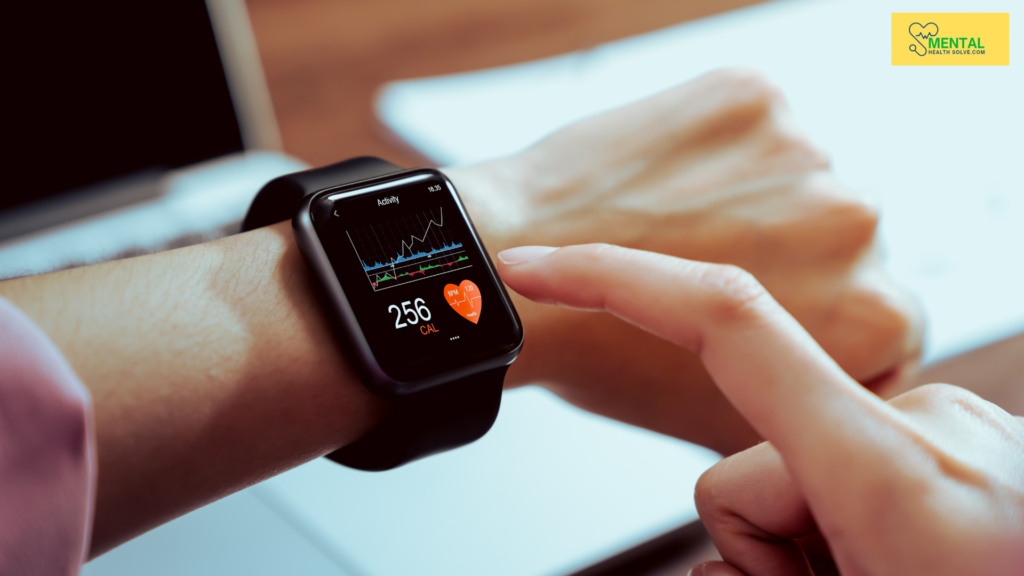
Future Trends in Health Information Technology
With continuous advancement in health information technology, several primary trends are currently helping to form the future of healthcare delivery. The future of these trends includes better patient care, easy activities on the front line, and overcoming obstacles.
Artificial Intelligence and Machine Learning
Artificial Intelligence (AI) and Machine Learning (ML) are being combined with Health Information Technology devices so they can analyze a great deal of data and deliver truly effective solutions. The implementations include tracking a patient’s health data to predictive analytics for patient outcomes, automated diagnostic tools, and personalized treatment plans by identifying a patient’s specific health data. AI is not complicated. It can also function in determining patterns in patient behaviour, allowing clinicians to intervene early when needed.
Blockchain Technology
Blockchain technology, famed for its safe and open data management attributes, is evolving as a key instrument in health IT. By making a distributed and unchangeable ledger of transactions, blockchain can allow safe data sharing between doctors, patients, and payers. Utilizing blockchain in health IT brings numerous breakthroughs, including data security, patient privacy protection, and easier interoperability of variously configured health IT systems.
Virtual Reality
New trends, including virtual reality (VR) in pain management, wearable devices in health monitoring, and personalized health applications, are becoming increasingly popular. These techniques improve patients’ health by allowing them to decide for themselves what to do, which results in people being more involved in the process and consequently having better satisfaction.
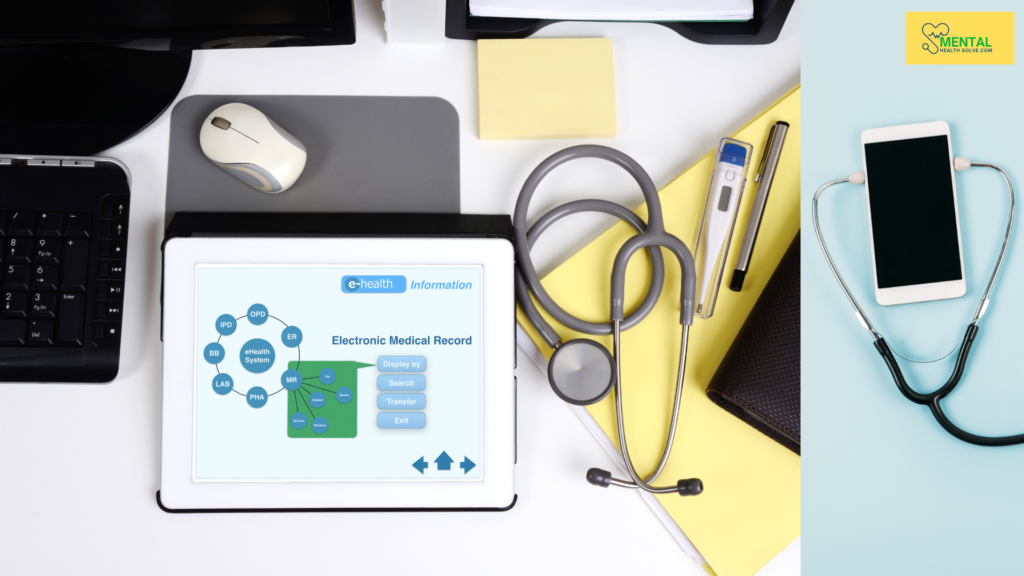
Mobile Health Applications:
Mobile health apps are now the basic factor of the patient-centric model. The main functions of these apps are making it easier for patients to get their health records, make an appointment, receive medicine intake notifications, and consult with a doctor over telehealth. Doctors or nurses may find it easier to get in touch with patients, keep track of their medication adherence, and monitor their health condition through remote access
Final Thoughts
Healthcare providers should take advantage of these health IT improvements, which will increase productivity and improve patient outcomes. By always looking for new technologies, educating themselves about them, and actively contributing to their support, healthcare providers can become important drivers of healthcare reform.
We want to hear from our readers about their opinions and personal experiences on health information technology. Your insights may help other readers broaden their viewpoints on how health IT can revolutionize patient care and the healthcare system’s future.
